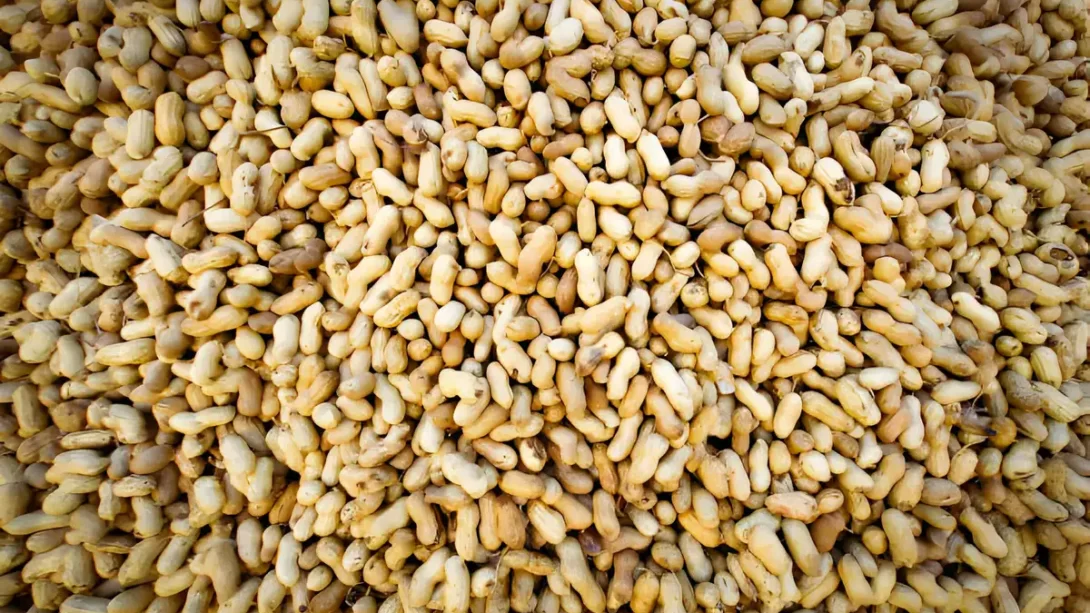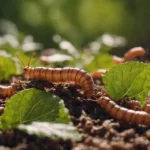Peanuts, known scientifically as Arachis hypogaea, are a significant crop globally, valued for their nutritional and economic importance. Unlike what their name suggests, peanuts are not true nuts but legumes, growing underground unlike tree nuts. This article explores the intricate process of peanut harvesting, a critical phase that determines the quality and quantity of the yield.
Peanuts and Their Growth Cycle
Peanuts undergo a unique growth cycle that starts with planting and moves through stages of germination, flowering, pegging, and finally, maturation. After the peanut plants flower above ground, they develop “pegs” that extend into the soil and form peanuts. This process, known as geocarpy, is unique to peanuts. The entire cycle from planting to harvesting typically spans four to five months, depending on the variety and environmental conditions.
Optimal Conditions for Growing Peanuts
Peanuts thrive in warm climates with well-drained, sandy loam soil. They require a growing season characterized by long, warm days with temperatures between 70 and 80 degrees Fahrenheit. Adequate rainfall, particularly during the pegging and pod development stages, is crucial. However, too much moisture, especially near harvest time, can be detrimental, leading to diseases or poor-quality pods.
Signs of Peanut Maturity
Determining the right time to harvest peanuts is crucial for optimal quality and yield. Several indicators signal the maturity of peanuts. Firstly, the leaves of the peanut plant begin to yellow and wilt, a natural part of the plant’s lifecycle as it nears the end of its growing season. Additionally, the condition of the peanut hulls is a critical indicator. Farmers often use a method called the “hull scrape test,” where they scrape the outer layer of the peanut hulls to reveal a color pattern that helps in determining maturity.
Harvesting Process
Timing of Harvest
The typical harvest season for peanuts varies by region but generally falls between late summer and early fall. In the United States, for instance, peanut harvesting commonly occurs from September to October. The exact timing is influenced by the weather conditions throughout the growing season, with farmers monitoring the maturity signs closely to choose the optimal time for harvest.
Harvesting Techniques
Harvesting peanuts is a delicate process that involves several steps to ensure the quality of the crop. The process begins with mechanical digging, where specialized machines lift the entire plant out of the ground. The peanuts are then separated from the soil, and the plants are inverted to expose the peanuts to the sun. This inversion is crucial as it allows the peanuts to dry in the field for several days. The drying process is essential for reducing the moisture content of the peanuts, making them easier to store and less susceptible to spoilage.
Post-Harvest Handling
Once peanuts have been harvested and dried in the field, they undergo further processing to ensure their quality and longevity. The first step is curing, a controlled drying process that further reduces the moisture content in the peanuts. This is crucial for preserving the peanuts’ flavor and preventing the growth of mold and other contaminants. After curing, peanuts are stored in a dry, well-ventilated area to maintain their quality until they are ready for processing or sale. Proper storage is essential to prevent losses from pests or spoilage.
Challenges in Peanut Harvesting
Peanut harvesting presents several challenges that can impact the final yield and quality. One of the most significant is the unpredictability of weather conditions. Excessive rain close to or during the harvest can cause the peanuts to rot or develop fungal diseases. On the other hand, drought conditions can lead to underdeveloped peanuts. Pest infestations are another common challenge, requiring careful management to avoid damage to the crop. Farmers employ various strategies, including crop rotation and the use of pest-resistant peanut varieties, to mitigate these challenges.
Conclusion
Harvesting peanuts is a process that requires careful planning, monitoring, and execution. The timing of the harvest is critical to ensure the peanuts reach their full potential in terms of size, flavor, and quality. Post-harvest handling, including curing and proper storage, plays a vital role in maintaining the quality of the peanuts. Despite the challenges posed by weather and pests, advancements in agricultural practices continue to improve the efficiency and success of peanut harvesting. This meticulous process from planting to harvesting reflects the dedication and skill involved in bringing this beloved legume from the field to consumers around the world.



